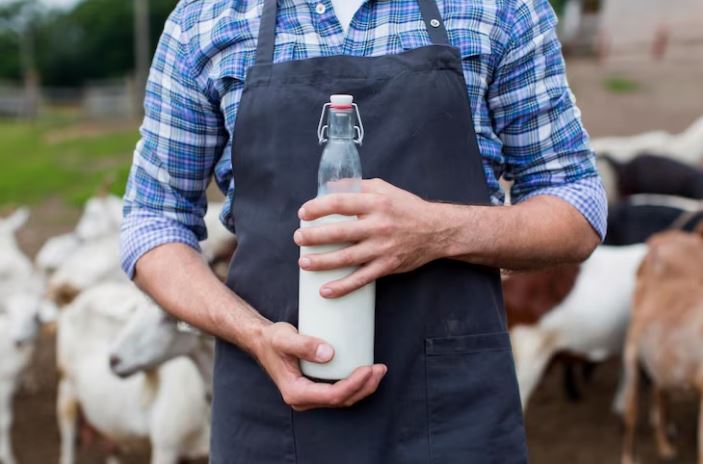Sucuk, a dry fermented sausage type, is produced in two ways; traditional and industrial. Traditional production is generally carried out in small-scale enterprises without starter cultures, and sucuk is ripened under natural conditions. In industrial production, starter cultures are used for controlled fermentation. Air conditioning units that can automatically control temperature, air flow and relative humidity are used for fermentation and drying processes. This product,…
Milk microbiology is a vast ocean and is too comprehensive to be explained in one or two paragraphs. I want to point out that there is a 1000-page book on lactic acid bacteria. However, I will explain briefly so that you can have an idea. Microorganisms are the only reason we cannot consume raw milk. Likewise, we have to keep milk cold because of microorganisms.…
Biopolymers are polymers that can be produced or biodegraded by a living thing. Exopolysaccharides, as the name suggests, are polysaccharide (carbohydrate) biopolymers secreted out of the cell. Only some living things have the ability to produce exopolysaccharides. Exopolysaccharides (EPS) can be imagined as “a sticky ball of wool” produced inside the microorganism cell and secreted outside. This secreted structure gives the microorganism different abilities such…
In the last 150 years, nearly 30,000 scientific publications on Lactic acid bacteria have been published within the scope of SCI and it is reported that 2,100 of these publications are only for 2019. Today, thousands of scientists are still studying intensively on the subject and significant discoveries have been made. Considering that the starter culture market, based on lactic acid bacteria, is at the…
History of Starter Cultures By the 19th century, discovering microorganisms and clarifying fermentation chemistry enabled us to understand fermented products. With the developing technology, the possibilities have expanded; the journey to reach a healthier and standard fermented product production method by controlling spontaneous production has begun. Today, fermented foods such as dairy products, meat products, cereal products, fruit and vegetable products, alcoholic beverages and soy-based…
